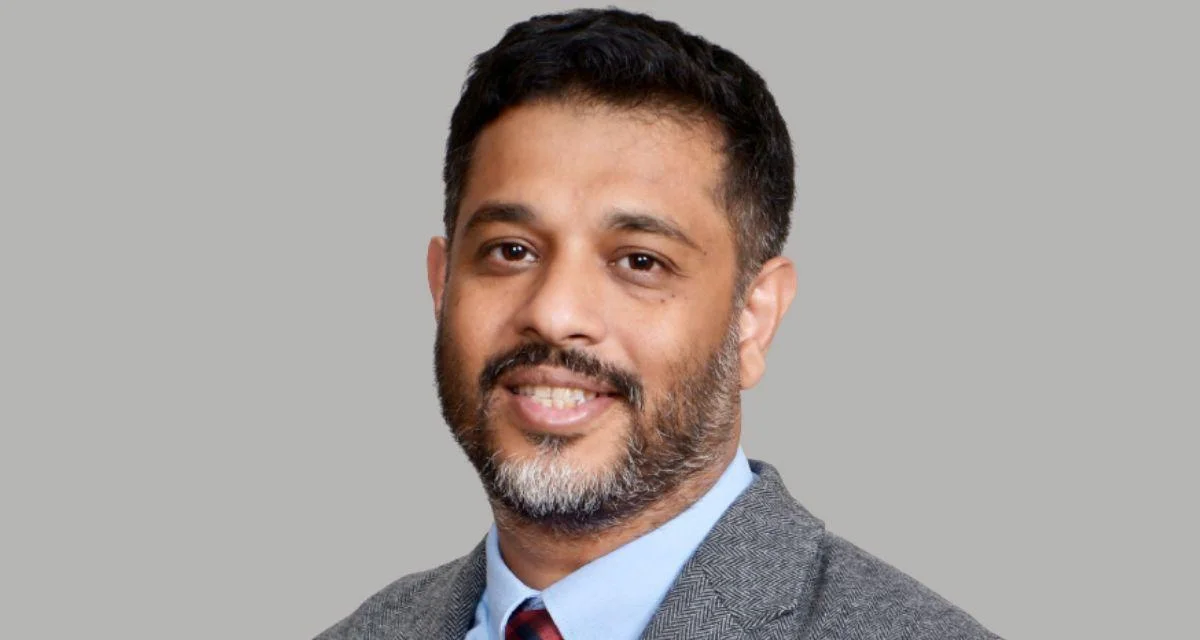
New Jersey is experiencing persistent teacher shortages in certain key subjects, according to a new report from the Heldrich Center. The report, titled "New Jersey’s Teacher Workforce: 2025 Legislative Report," provides an analysis of data from 2013–14 through 2023–24. It evaluates teacher supply, departures, and workforce trends using information from the New Jersey Statewide Data System.
The report finds that while the total number of teachers in New Jersey has remained stable at approximately 117,500 full-time equivalents, there have been notable changes in specific subject areas and workforce characteristics. Math and science teaching positions declined by 9%, whereas teachers in resource programs increased by nearly 20%. The teaching workforce continues to be predominantly female, accounting for between 76% and 77%, and between 82% and 84% of teachers are white.
Teacher departures have increased, especially after the COVID-19 pandemic, mainly due to retirements and resignations. The ratio of newly certified teachers to those leaving the profession has also dropped over time, raising concerns about future staffing. The report highlights that shortages are most pronounced in multilingual learning and computer science, where student-to-teacher ratios are high or increasing.
Additionally, around 16% to 18% of teachers in New Jersey take on jobs outside education, often in short-term or low-wage roles. These teachers typically earn about 6% less in their primary teaching salaries than colleagues who do not work outside education, but their additional earnings usually compensate for this difference.
"The teacher workforce has remained stable at about 117,500 teachers (FTEs) statewide, with year-over-year changes of only ±1%," the report states.
"Math and science teachers decreased by 9%, while resource program teachers increased by nearly 20%," the authors note.
"Teacher exits have increased, particularly after the pandemic, led by retirements and resignations," according to the report.
"About 16% to 18% of teachers take on outside work, often short-term and low-paying. These teachers earn around 6% less in teaching salaries than their peers, though outside earnings typically offset the gap," it adds.
The Heldrich Center's findings offer a comprehensive look at trends in New Jersey's teacher workforce over the past decade and highlight areas of ongoing concern for state education policymakers.